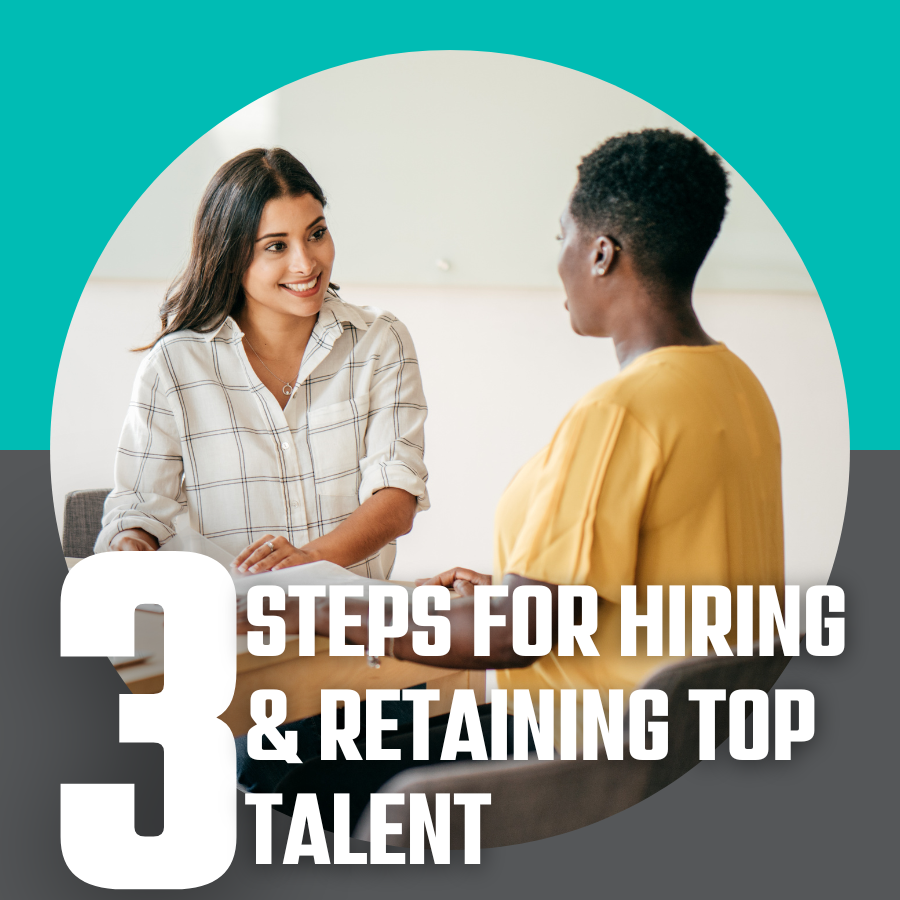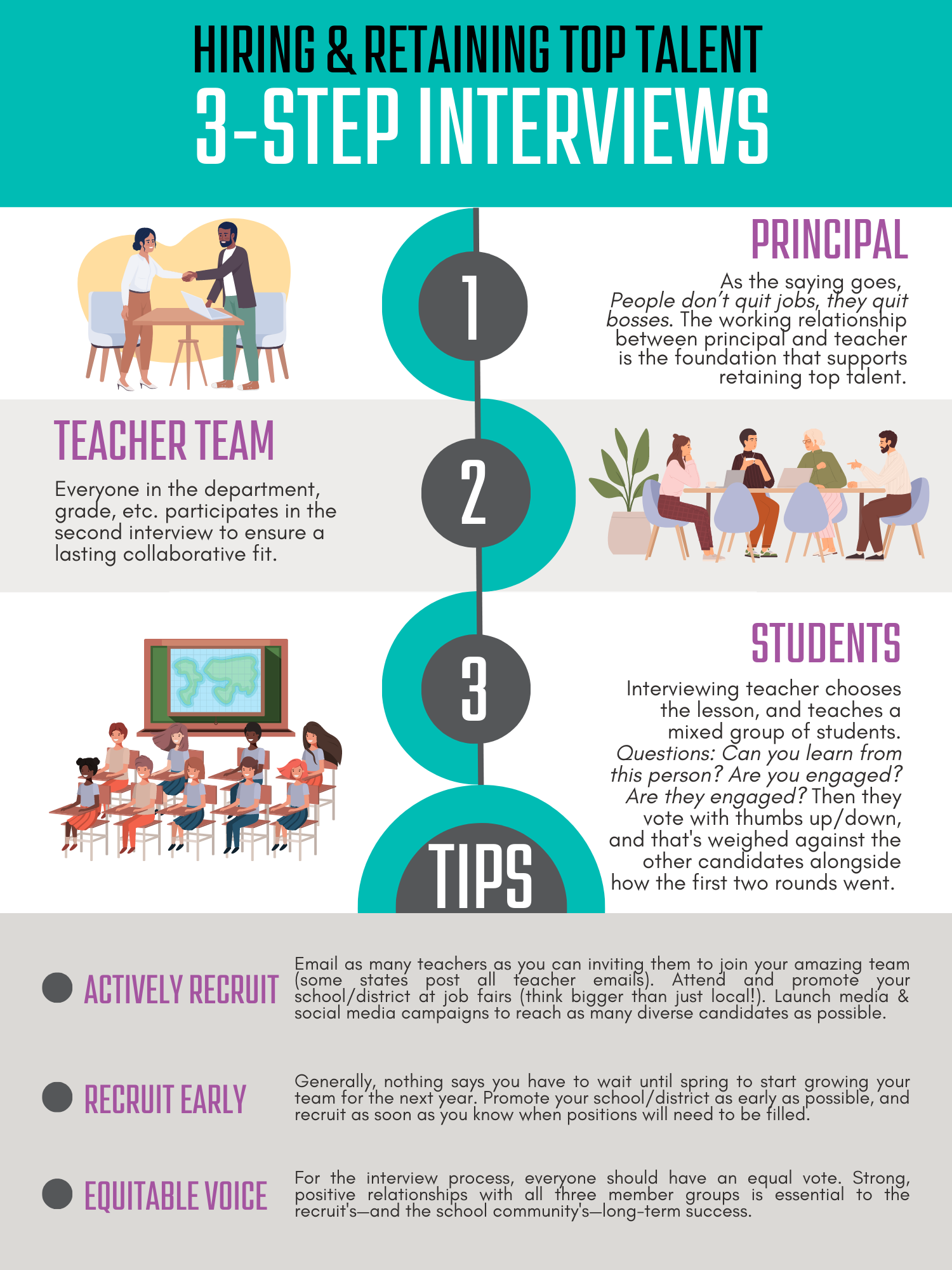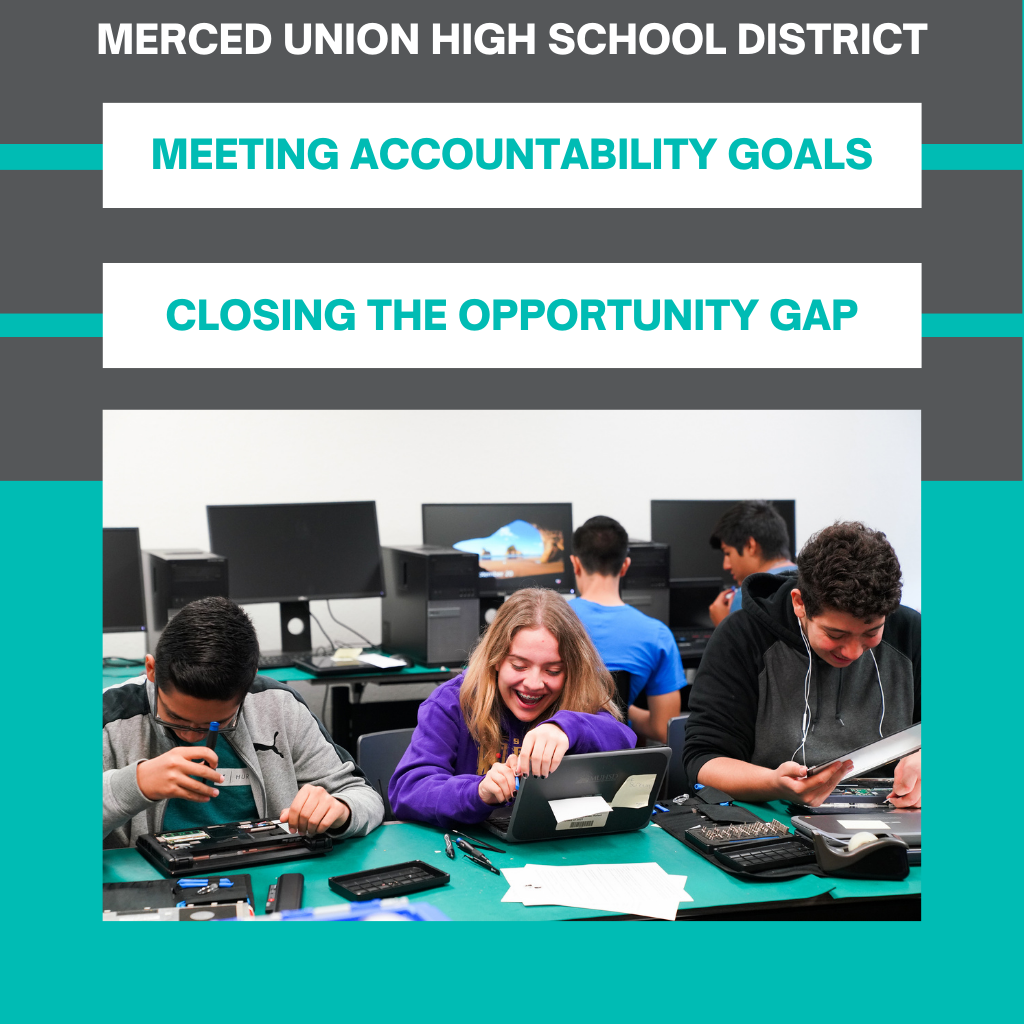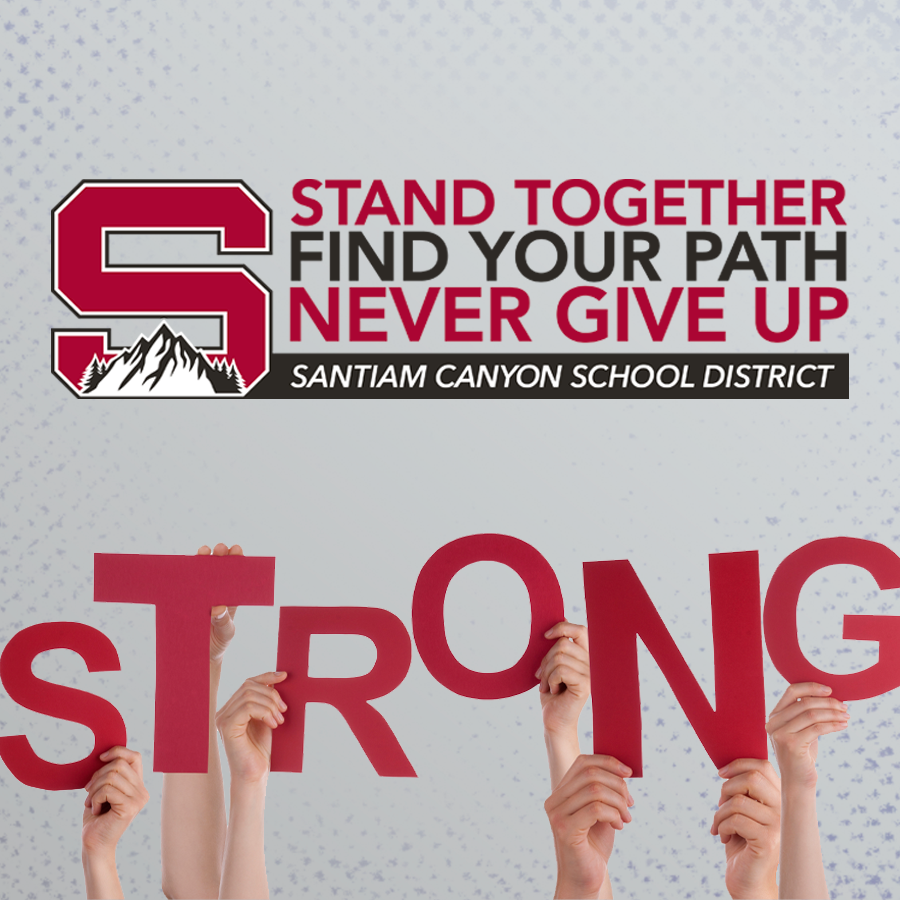Your Students Deserve the Best: 3 Steps to Hiring & Retaining Top Talent

During a Crowdsource Coffee on February 24, 2023, the Portico community discussed their challenges and nest practices when it comes to hiring and retaining top talent.
One Portico leader shared this 3-Step collaborative and inclusive interview process that has helped their school not only hire, but retain, the best educators for their students and community.

TOOLKIT RESOURCES FOR HIRING & RETENTION
Toolkit is Portico’s free public library of grab-and-go resources that help you to focus more time on transforming learning to be relevant for all. We add new items at least twice a month, so be sure to check back in periodically.
Click the links below to start saving yourself time and get stuff done.











Responses